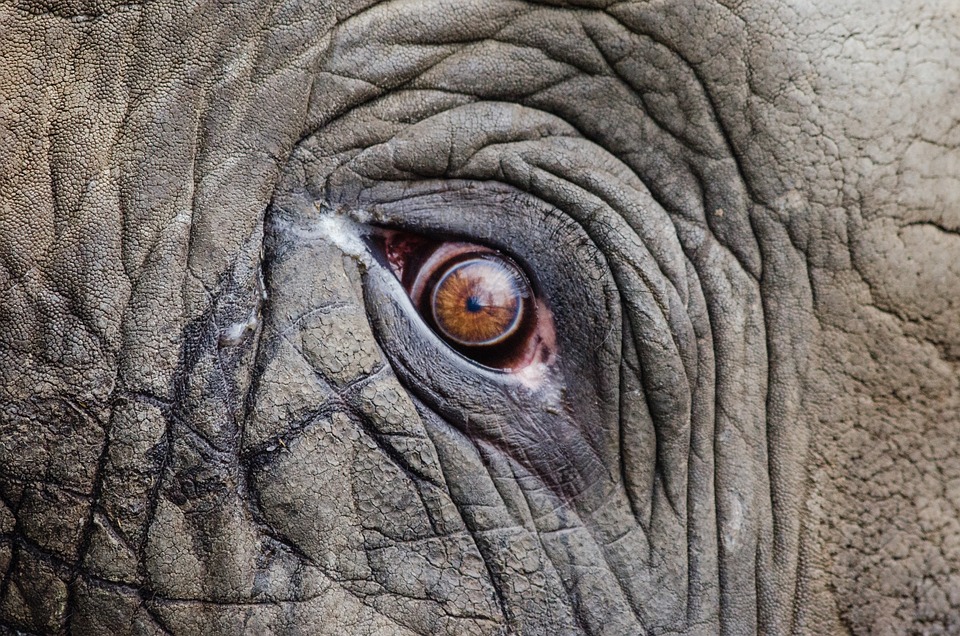The Asian elephant, the African bush elephant, and the African forest elephant are the three different types of elephants, which are the biggest land mammals on Earth. Moreover, the Asian elephant inhabit several nations throughout Asia, whilst the African bush elephant and African forest elephant may also be found on the African continent.
African Bush Elephant
The largest and most well-known species of elephant is the African bush elephant, commonly referred to as the savanna elephant. They are the largest extant terrestrial animal. They inhabit in 37 African nations, mainly in sub-Saharan Africa. Male adults can reach heights of 4 meters and weights of 6 tonnes. Furthermore, they have big, curving tusks and skin that ranges in color from greyish-brown to black. African bush elephants are matriarchal animals that live in herds of up to 100 people.
Elephant Subspecies
Southern African bush elephant:
Found in Angola, Botswana, Namibia, South Africa, Zambia, and Zimbabwe, and has a smoother skin texture and larger tusks than the East African subspecies.
East African bush elephant:
Found in Kenya, Somalia, Tanzania, and Uganda, and has a rougher skin texture and smaller tusks than the Southern African subspecies.
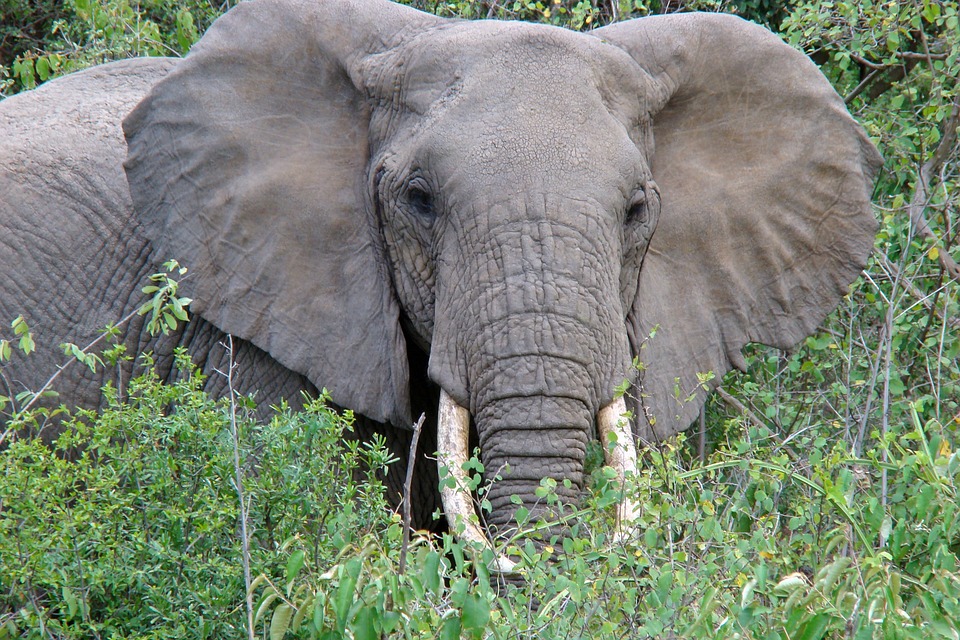
African Forest Elephant
Compared to the African bush elephant, the African forest elephant is a more diminutive and elusive species. They mostly dwell in Gabon and Congo’s deep rainforests in West and Central Africa. Moreover, African forest elephants have straighter tusks than savanna elephants and are dark grey. Moreover, male adults can grow to be 2.5 meters tall and 2.7 tonnes in weight. African forest elephants are solitary creatures that are more challenging to examine than bush elephants.
Subspecies of African Forest Elephant
The Western African forest elephant has longer, straighter tusks than the Eastern African forest elephant. It is predominantly found in Cameroon and the Democratic Republic of the Congo.
The Eastern African forest elephant is mostly found in Kenya and Tanzania and differs from the Western African forest elephant in having more curled tusks.
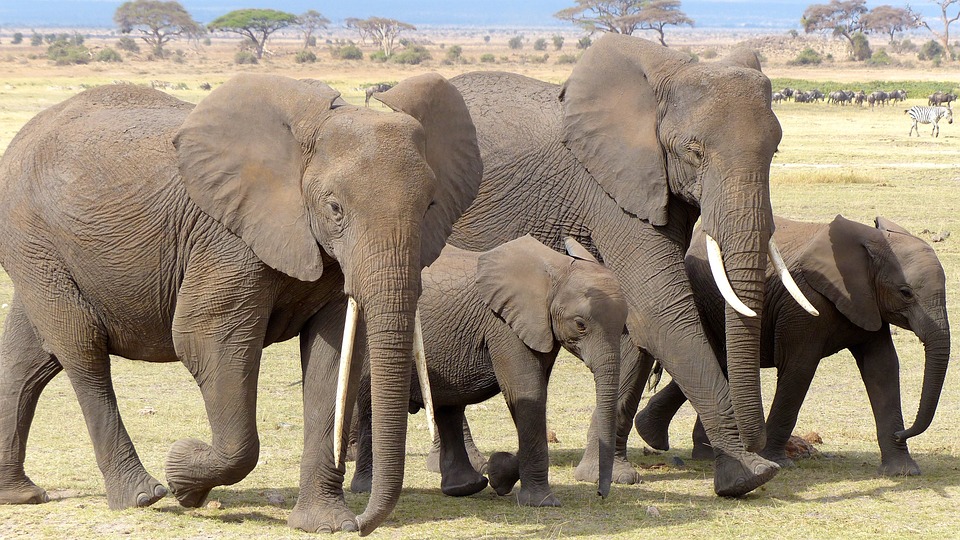
Asian Elephant
In Asia, the Asian elephant inhabits in a range of habitats, including grasslands, scrublands, and tropical and subtropical forests. They are smaller than African bush elephants; males can reach heights of 3 meters and weights 5.5 tonnes. Compared to their African relatives, they have smaller, curved tusks and grey-brown skin. Living in herds under the leadership of a matriarchal female, Asian elephants are gregarious creatures.
Subspecies of Asian Elephants
Firstly, Indian elephants inhabit in India, Sri Lanka, and Nepal. They differ from other Asian elephant subspecies in having a high, rounded head and smaller ears.
Secondly, the Sumatran elephant is a subspecies of Asian elephant. It dwells on the island of Sumatra in Indonesia. It is smaller and has a darker coat than other subspecies of Asian elephants.
Thirdly, elephants from Sri Lanka are known as Sri Lankan elephants. They differ from other Asian elephant subspecies. They have flatter skulls and longer ears.
Lastly, the Borneo elephant is the smallest and most vulnerable subspecies of the Asian elephant, and it is only found on the island of Borneo in Indonesia and Malaysia.
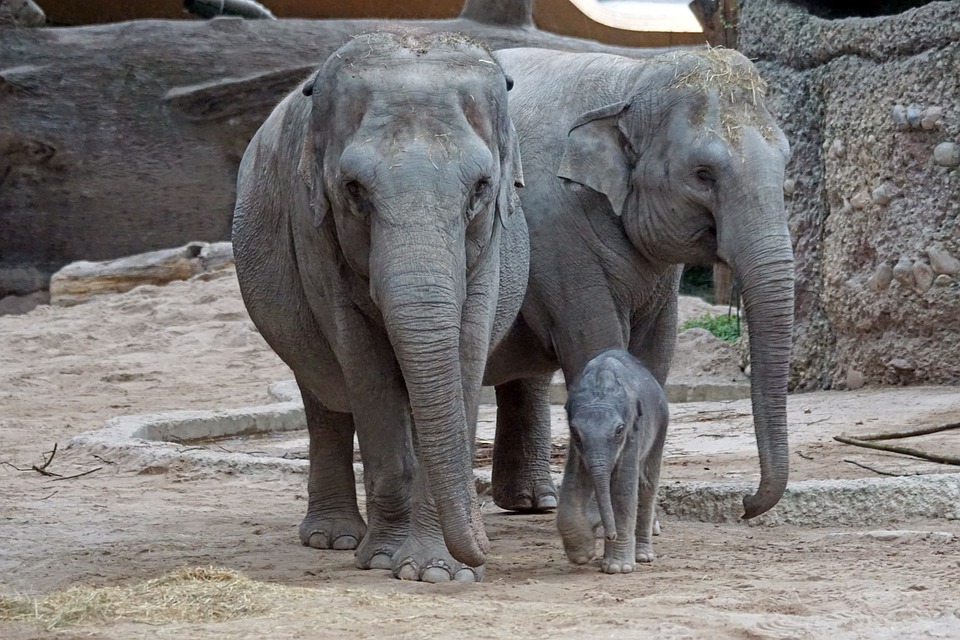
Elephants – Verses
Grand, knowledgeable, and majestic beings,
Their trunks commanding as they move with grace.
Ears that flail like colossal sails,
Invariably gentle giants.
Although their skin is rough and abrasive to the touch,
Their eyes are kind and filled with immeasurable amounts of intelligence.
A huge heart that’s difficult to cherish.
With their powerful stride, they go across the landscape.
A source of pride and a representation of vigour,
We must choose to protect these gentle giants from damage and to guarantee
Their place in the world we share, with grace and with grace.
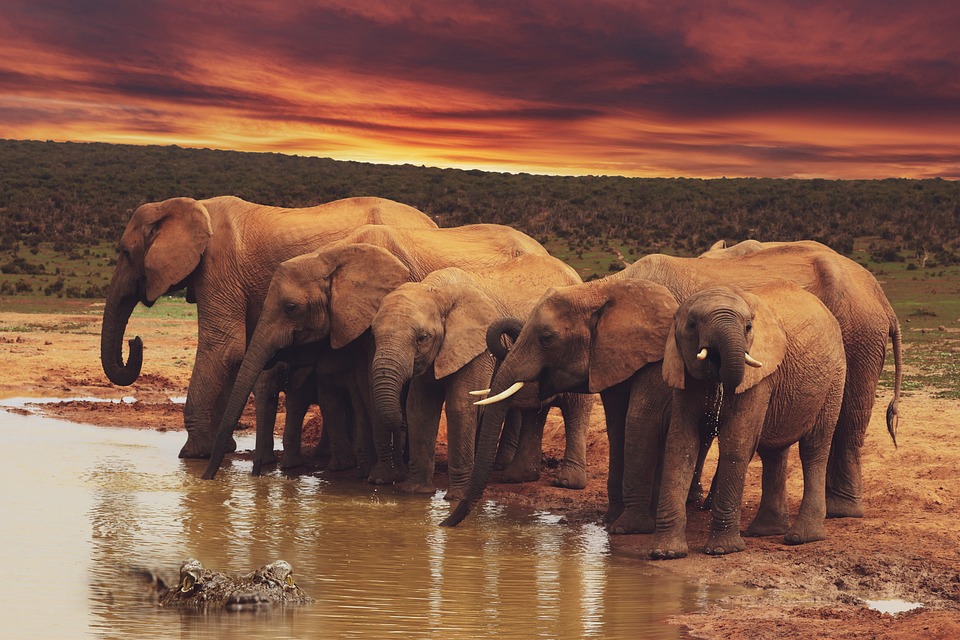
Elephants – Conservational efforts
Elephants are under numerous risks to their survival, including habitat degradation, ivory poaching, and confrontation with humans. To preserve these lovely species, several conservation initiatives have been made.
Habitat protection
Elephant habitat protection is the most successful method for preserving the species. Elephants need protected places, such national parks and wildlife reserves, and many organisations and governments are working to establish and maintain these areas. Elephants can live and grow in these environments, which serve as their safe haven.
Initiatives to stop poaching
One of the major dangers to elephants has been poaching for ivory. Several organisations and governments have put anti-poaching measures into place to combat this, including more frequent patrols, intelligence gathering, and ranger training. Additionally, in order to lessen the demand for ivory, international trade restrictions have been put in place.
Education and awareness
Programmes for educating the public about the value of elephant conservation are essential. These initiatives seek to increase worldwide awareness while also educating local people about the value of elephants and how to coexist peacefully with them.
Mitigation of human-elephant conflict
As human populations grow, the likelihood of human-elephant conflict rises. Conservationists are engaging with local populations to develop conflict-reduction techniques, such as building barriers or employing non-lethal deterrents, in order to address this.
Research and monitoring
In the first place, to comprehend elephant populations’ behaviours, habitat needs, and population dynamics, research and monitoring are crucial. This data is essential for formulating sensible conservation plans and assessing the efficacy of conservation initiatives.
Collaboration and partnerships
Likewise, for effective elephant conservation, collaboration and partnerships between governments, NGOs, and local communities are crucial. Conservationists can conserve elephants and their habitats by pooling their resources, skills, and knowledge.
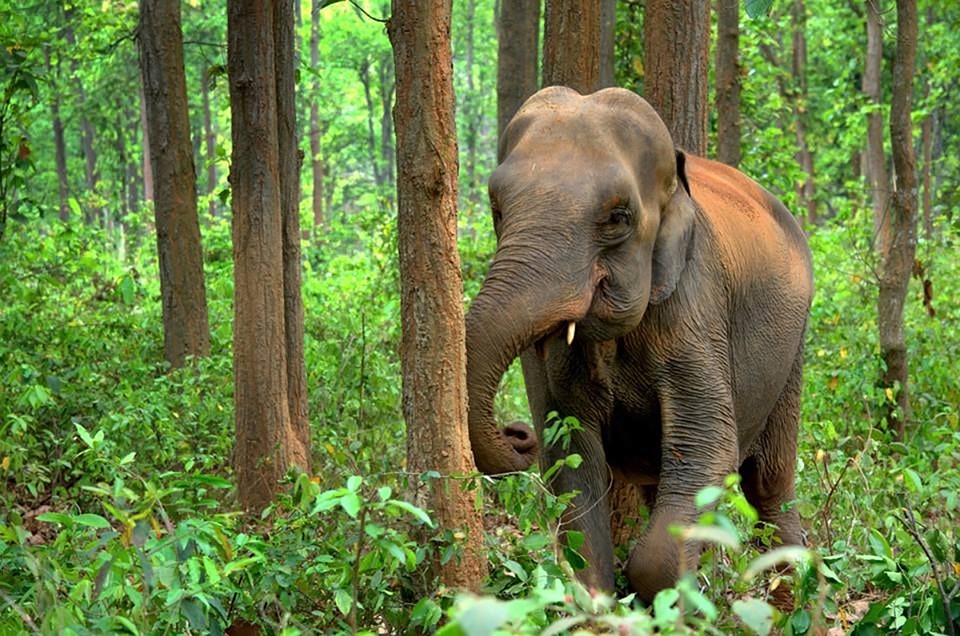
Elephants – Conclusion
Elephants are gorgeous, intelligent creatures that are essential to their ecosystems. Sadly, there are many dangers to their existence, such as habitat loss, poaching, and conflicts with people and elephants. However, we can safeguard these gentle giants for future generations through a variety of conservation initiatives, including habitat protection, anti-poaching measures, education and awareness campaigns, mitigating human-elephant conflicts, research and monitoring, and collaboration and partnerships. Finally, elephant conservation is crucial, and cooperation is required if we are to assure their future. By doing this, we can protect both the beauty of these amazing creatures and the biodiversity of our planet.
